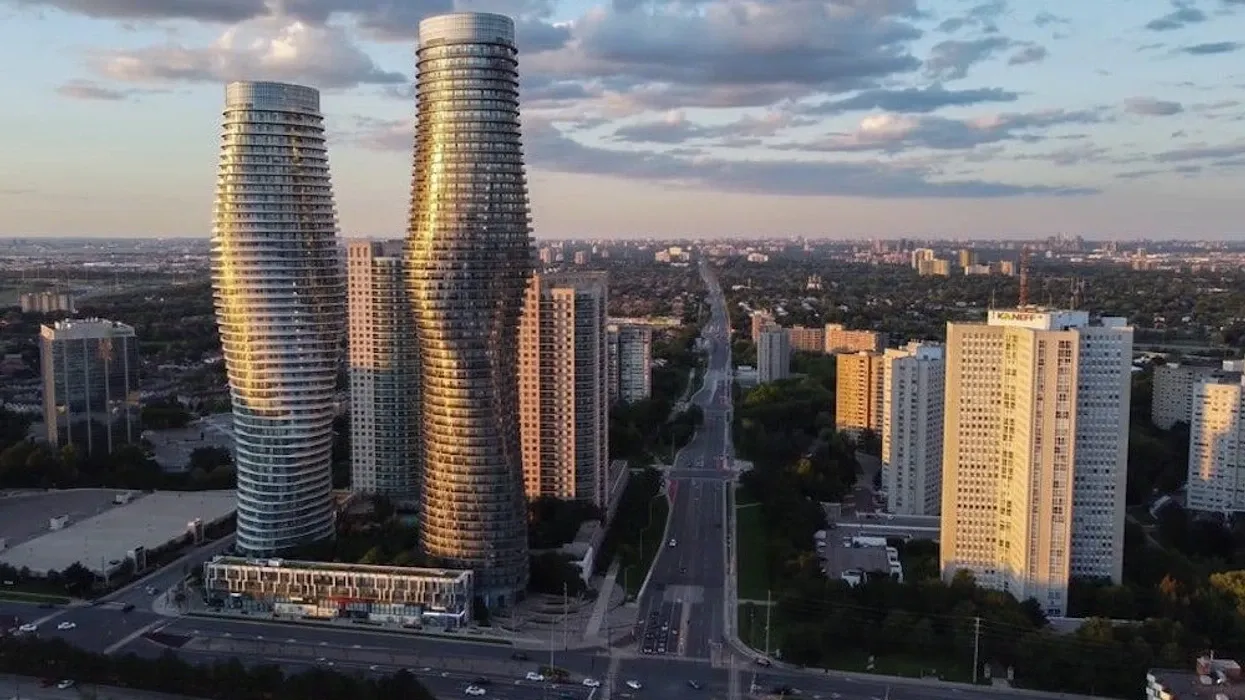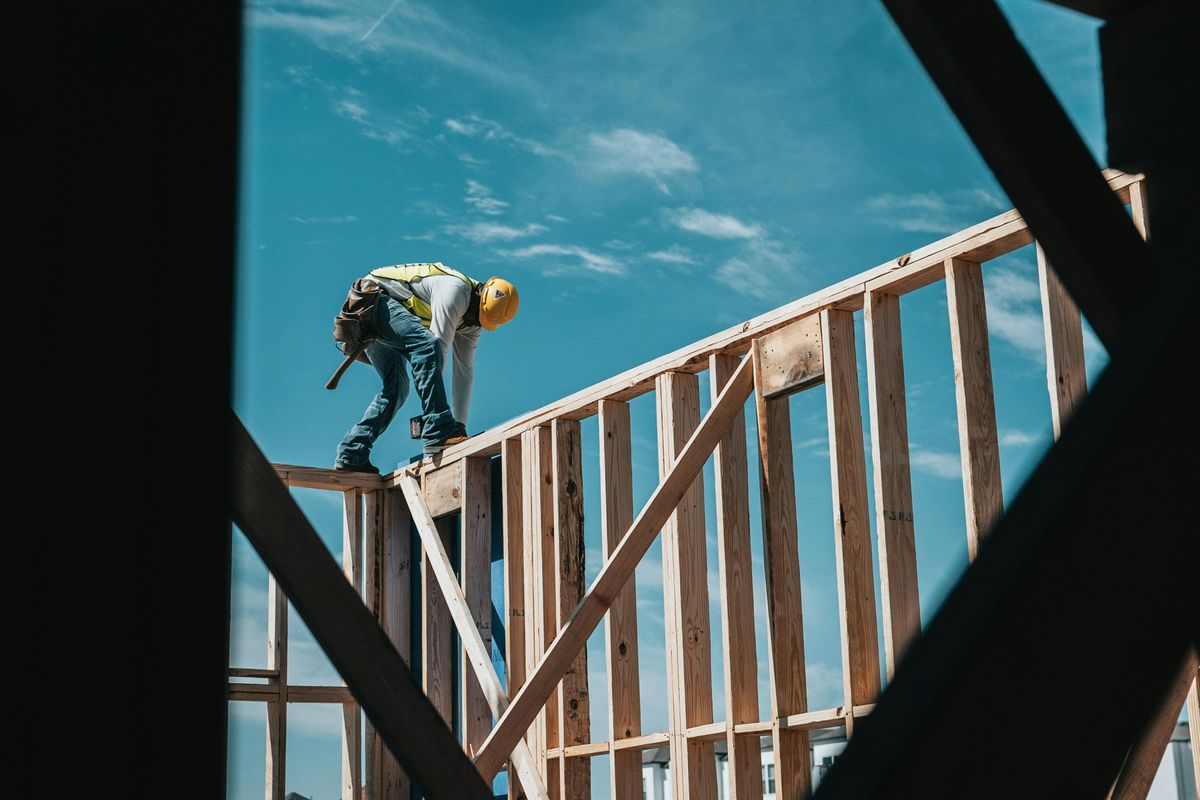The Province of Ontario is walking back its plans to dissolve the Region of Peel into independent cities by 2025, Minister of Housing and Municipal Affairs Paul Calandra announced on Wednesday. Calandra corralled support from regional and municipal stakeholders as he emphasized that this is the right move for the taxpayers of Mississauga, Brampton, and Caledon.
“Our goal in reviewing Peel’s local governance structure has always been to provide the highest level of service at the lowest cost to taxpayers. But thanks to the work that has been done by the [Peel Region Transition Board] over the last few months, and in response to municipal feedback, including from regional service providers and first responders, it is clear that full disolution of Peel is not the best way to achieve this goal,” Calandra told reporters at Queen’s Park.
In lieu, the board’s focus will shift to improving regional services like policing, paramedics, and public health, and optimizing services “that will help build more homes,” such as land-use planning, road maintenance, and waste management.
“This balanced approach will give Peel Region's residents and employees the certainty they deserve, while also providing taxpayers the best value for their money,” Calandra also said.
Generally speaking, it seems that regional and municipal leaders and stakeholders are supportive of the Province’s choice to reverse the dissolution, with Regional Chair, Nando Iannicca, saying in a brief statement that he welcomes the news. Iannicca was joined by the mayors of both Brampton and Caledon in applauding the province for rethinking the dissolution.
In particular, Brampton Mayor Patrick Brown spoke on Wednesday about the added tax burden that would be placed on the city’s residents in the event of dissolution, and went as far as to say that the Province has “stopped a potential financial train wreck.” Brown also underlined the impact the dissolution would have had on emergency services and said the reversal is “welcomed news” for Peel Police, Peel Paramedics, Peel Public Health, Peel Housing, and long-term care employees.
When the Peel Region dissolution — also known as the Hazel McCallion Act — was announced back in May, former housing minister Steve Clark heralded it a “historic initiative” that would ensure that Mississauga, Brampton, and Caledon “have the tools that they need to support future population and housing growth" while respecting the individual priorities and characteristics of each municipality.
Outgoing Mississauga Mayor Bonnie Crombie was similarly vocal in her support of dissolution, saying at the time an independent Mississauga would be “more nimble” in responding to the housing crisis.
Though full dissolution is off the table for the time being, Crombie said in a statement following Calandra’s announcement on Wednesday that Mississauga remains “fully committed” to becoming an independent, single-tier city.
“The province could have fully walked back dissolution, but they chose not to,” Crombie also said. “This isn’t the end of our path to independence, it’s simply a bump in the road. From our perspective, this is the first phase of the work to dissolve the Region and will allow Mississauga, the Province, and our neighbouring cities to demonstrate that independent status is not only possible, but a good deal for taxpayers. Mississauga is ready to continue our work with the Transition Board.”
When speaking to reporters at Queen’s Park, Crombie also had some choice words to say about the way Wednesday’s news was delivered.
“I have not spoken to the Premier in months, maybe longer than six months, so I did not have any indication other than the speculation in the media,” she said. “And we were waiting for word from the Transition Board. They were communicating actively with my city manager, and we had not been given any formal notice. Not last week and not today.”





















